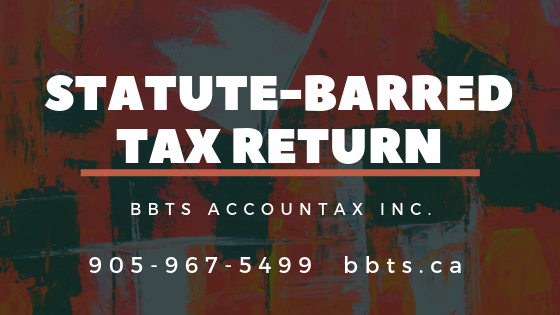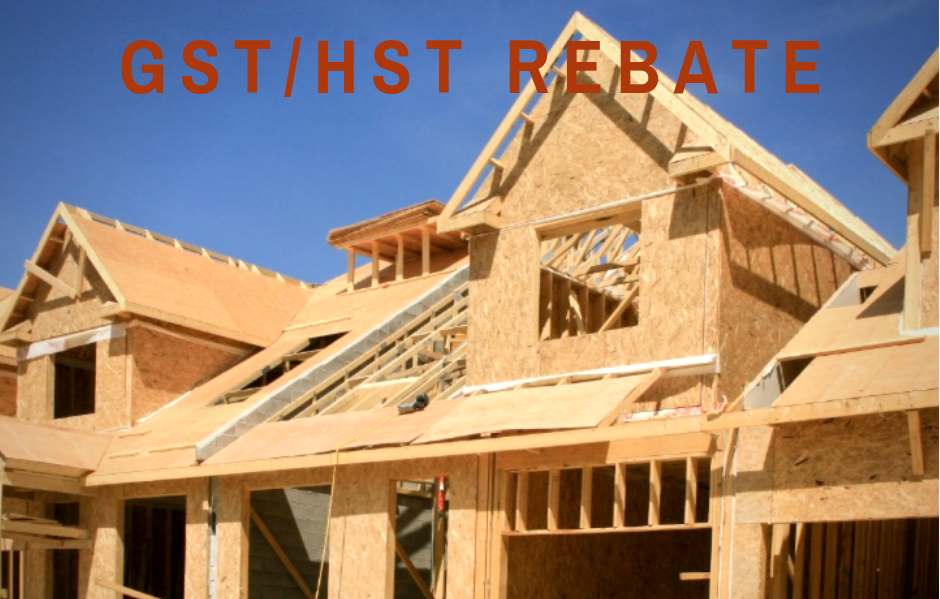If you are buying a new residential complex from a builder, the builder will collect the GST/HST at the time of sale. The CRA provides relief of a portion of the tax collected by the builder in the form of rebates: New Housing Rebate and New Residential Rental Property Rebate.
The rebates are divided into two components – federal and provincial.
If the property is in a GST province like Alberta, etc., you only concern with the federal rebate calculated as 36% of the 5% GST on properties valued $350,000 or less. The federal component of the rebate is phased out for properties valued between $350,000 and $450,000. If exceeding $450,000, there is no federal rebate available.
If the property is in an HST province like Ontario, etc., there is an additional rebate of the provincial component equal to 75% of the tax that is capped depending on the province (in Ontario, the provincial portion of the rebate is capped at $24,000). Unlike the federal component, the provincial component is not subject to the phase out rule.
It’s important to understand the difference between the GST/HST New Housing Rebate and the GST/HST New Residential Rental Property Rebate. This will ensure a complete and correct rebate application.
If you bought the new home with the intention for use as your (or your relation’s) primary place of residence, the New Housing Rebate is for you.
You or your relation must live in the new home as the primary place of residence for at least the first twelve months. In order to prove that the new home is your primary place of residence, make sure to change your address with CRA and address on your government issued IDs after moving in.
If you sell the home before the initial twelve months from closing, you must pay the rebate back in full.
If you are buying an investment property, this rebate does not apply to you.
If you’re a buyer who intend to rent out the residential complex on a long-term basis, you must file for a New Residential Rental Property Rebate.
The property must be rented out for more than one year before resell to another buyer. Otherwise, The rebate must be paid back in full.
Getting It Right
Regardless of which rebate you claim, there is a two year limit in which you can make the claim. However, the CRA is not restricted to that two year limit for assessing errors related to rebate claims.
Therefore, if a new housing rebate is incorrectly claimed in place of a new residential rental property rebate and the error is identified following the close of the rebate claim period, the CRA may be in a position to demand repayment of the rebate plus interest and penalties.
Ensuring the GST/HST on your real estate investment is handled correctly can prevent a lot of heartache later.
Professional Services
BBTS provides professional services with the GST/HST new housing rebate and new residential rental property rebate.
With BBTS, clients can rest assured that application paperwork is submitted correctly and always on time.




